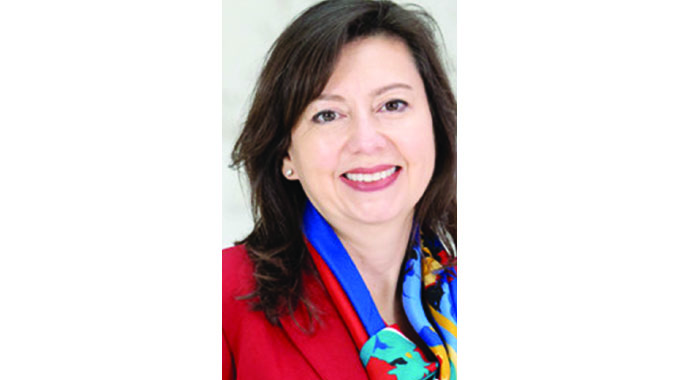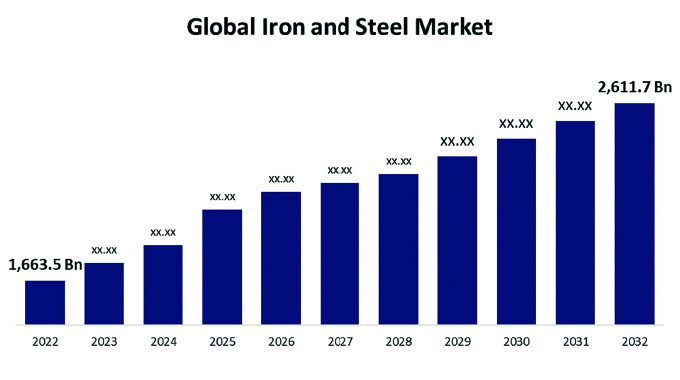Pension funds arrears rise

Tinashe Makichi Business Reporter
Arrears to pension funds are rising at alarming levels as some employers have failed to remit since dollarisation, Insurance and Pension Commission head of prudential supervision Pupurai Togarepi has said.
Self-administered pension funds contributions in the first quarter grew 60 percent to $351 million in the first quarter this year, but 85 percent of that amount was in arrears.
According to the IPEC report for March, arrears rose to $297 million, 85 percent of contributions. At the same time the National Social Security Authority was owed $217,58 million by employers at the end of 2015.
“Outstanding contributions to pension funds are rising at alarming levels as some employers have been failing to remit since dollarisation and even prior dollarisation. The other issues behind this have been indirect investment into the business of the sponsoring employer accruing no interest or return lower than inflation.
“Lost investment opportunities and income haves also been an issue behind the struggles of several pension funds,” said Mr Togarepi.
As at March 31, 2016 the pension industry had approximately 1 608 pension schemes split as 1 438 insurer administered schemes and 170 self administered. Due to the prevailing harsh economic conditions, the pension industry experienced a huge drop in membership for pension funds. For the period ending March 31, 2016, total fund membership for fund administrators was 73 700, a 7 percent decline from 79 000 membership reported the same period last year.
The population for active members for the quarter under review declined 12 percent to 45 100 from 51 460 of the same comparative period. The decline in active membership across the whole pension industry between the two periods had been a result of the retrenchments that occurred after the June 27, 2015 Court judgment.
On prescribed assets in the pension industry, Mr Togarepi said the primary objective is to get an almost risk-free return above inflation for the scheme members that is a form of insurance for pension funds.
“Secondarily, the assets are a way of mobilising funds for infrastructural development for example roads, energy, housing among others. A number of projects have already been financed through prescribed assets,” said Mr Togarepi.
“Not all projects receive prescribed asset status, but those of national interest and which give returns above inflation to the scheme membership are considered for approval,” he said.
Mr Togarepi said most pension schemes have collapsed due to corporate governance deficiencies, poor investment strategies and philosophies while mismanagement and high expenditure than real income has also been a challenge.
He said the ultimate aim of pension fund investing is to meet the fund’s obligations to its members and their beneficiaries.
“Pension funds should therefore look to manage their investments accordingly. This is usually referred to as ‘Liability Driven Investment’. Funds should adopt an overall liability based benchmark,” said Mr Togarepi.
Going forward he advised pension funds to take investment risk when they expect to be rewarded for doing so as a principle.
“Pension funds should look to diversify their investments. Successful diversification strategies should be ‘dynamic’, reacting to changes in the economic environment. Pension funds are very long-term investors. They should therefore look to exploit this by investing in assets with time based premiums such as the illiquidity premium (that is receiving a premium for locking up capital for a period of time). Matching assets with future liabilities,” he said.
Mr Togarepi said pension funds should avoid focusing on short term performance excessively because they are long-term investors.








Comments